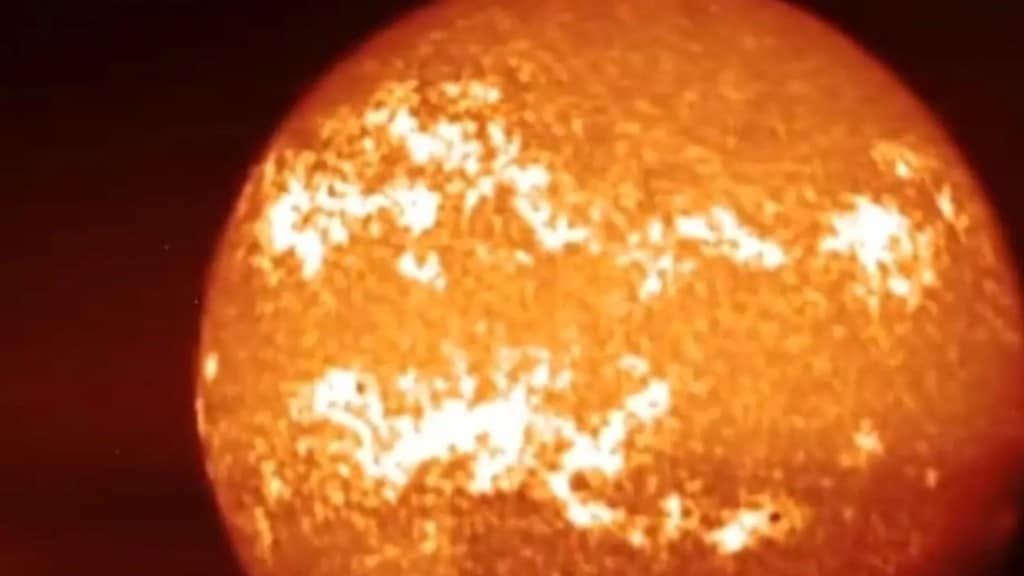The Indian Space Research Organisation (ISRO) has unveiled some jaw-dropping visuals of the Sun which were captured by the Solar Ultraviolet Imaging Telescope (SUIT) aboard Aditya L1. India’s first space-based observatory dedicated to studying the Sun, Aditya L1, was launched on September 2, 2023. It aims to provide critical data for understanding coronal heating, coronal mass ejections, pre-flare and flare activities, space weather dynamics, and the propagation of particles and fields.
This week, ISRO’s Aditya L1 mission achieved a significant milestone by recording the effects of a recent solar storm, advancing space observation and research. ISRO reported, “The ASPEX payload on-board Aditya-L1 is showing high-speed solar wind, high-temperature solar wind plasma, and energetic ion flux. The Solar Wind Ion Spectrometer (SWIS), a module of the payload, detected an increase in alpha particle and proton flux as a signature of this solar event.”
Here's the latest video of Sun captured by SUIT payload on-board #AdityaL1. pic.twitter.com/5KCSjus69G
— ISRO InSight (@ISROSight) May 17, 2024
ISRO further stated, “The X-ray payloads on-board Aditya-L1 (SoLEXS and HEL1OS) have observed multiple X- and M-class flares from these regions over the past few days, while the in-situ magnetometer (MAG) payload has also recorded these events as they passed by the L1 point.”
In January, India marked a major milestone by placing its first dedicated solar mission, the Aditya-L1 spacecraft, in a halo orbit. Aditya-L1 successfully reached Lagrange Point L1, approximately 1.5 million kilometers from Earth. The PSLV-C57.1 rocket carrying Aditya-L1 launched from the Satish Dhawan Space Centre in Sriharikota, Andhra Pradesh, in September of the previous year.


